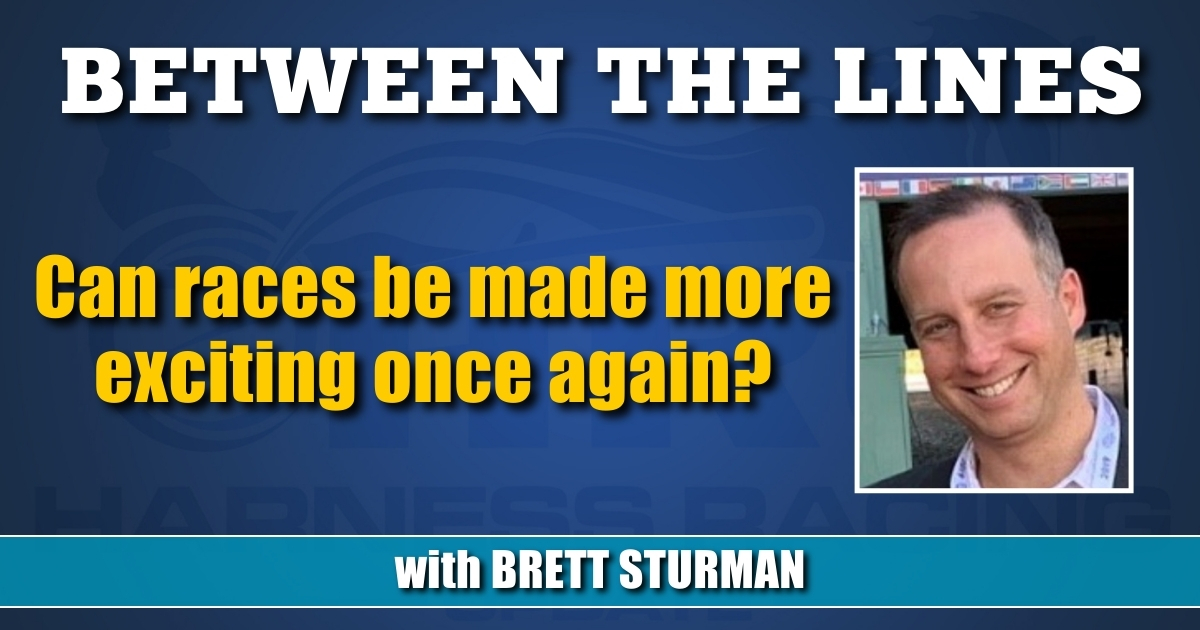Treadmill compared to thrill ride – Harness Racing Update

by Trey Nosrac
This is a correct story.
After upon a time, a pair of fellows purchased a yearling trotting colt. The trotter in query virtually raced as a 2-yr-previous but was wounded just prior to qualifying. The trotter in dilemma created it to the races at age 3 and manufactured some purse dollars. Because the fellows choose not to race overnight horses, they bought the trotter at the end of the 3-year-aged racing campaign. The base line for the complete knowledge was a web decline of about $10,000.
The fellows have saved up with the horse’s development for a number of yrs. This war horse shows up weekly, has had several entrepreneurs, raced in many states, has been claimed, offered, lost an eye, broke his foot, and had numerous adventures. This colt has more than 130 starts off beneath his harness. The earnings are challenging to calculate, but with ordinary month-to-month teaching costs, this horse has turned a slight income for the earlier 6 many years.
A philosophical concern for you.
As an proprietor, would you somewhat be the fellows who owned him for his very first 25 commences or the proprietors and trainers for the 100 commences immediately after he turned 4?
There is no appropriate remedy.
As 20th-century English poet Edith Sitwell wrote, “There are no truths, only details of view.”
I would argue that the fellows who raced this horse more than his first two seasons were the winners.
“Winners?” you request, “The math proves in different ways.”
Coaching and racing harness horses is an highly-priced proposition. Even fractional ownership can be highly-priced. Young horses, staking racing, and setting up charges are further dear. Proprietors who perform the young horse game are a lot less likely to make purse funds. As a trainer after instructed me, “Racing right away, you go broke slower than racing toddlers.”
So why do some of us desire racing in a riskier match?
For my dollars, purchasing a yearling and racing at ages 2 and 3 is a thrill. The excursion to the track to watch your young horse race delivers significant highs and small lows. There is drama. The definition of drama is an remarkable, emotional, or unforeseen series of gatherings or established of conditions. Incredibly youthful horses are a lot less predictable. Unpredictability results in drama.
Since we offered the trotter I am referencing, his races are a schedule grind. He churns out mile immediately after mile with a variation of 2 seconds. You could issue out that this iron warhorse has quite a few mini-dramas, and you will get no pushback. All the things is relative. On the other hand, if you evaluate my coronary heart charge during the very first start of this horse to the heart level of the present-day proprietor nowadays, I suspect I would get the rapid coronary heart level race by a mile.
As I sort this column, the wintertime temperature is dreadful. Due to the fact of a recent declare, our previously owned warhorse is in the box for a new operator and coach. He will bravely go behind the starting up motor vehicle and trot a further predictable mile. His final results will count on his classification and racing luck.
Permit a several far more thoughts about tonight’s program with this warrior.
Is his subsequent proclaiming race what you want our harness racing product to be?
Does his race have more than enough drama in these instances of big drama?
Is racing races with particularly predictable performances fantastic for wagering purposes?
Do you consider a winter off-period would be helpful to our sport?
Do you believe phasing out warhorses in favor of young horses is a very long-time period profit to our activity?
Are we on a treadmill?
My solutions are: no, no, no, yes, indeed, of course. But then yet again, “There are no truths, only details of check out.”







.webp)